Updated 15 January 2025
PIM vs. DAM: What’s the difference? In our digital age, businesses have to handle a lot of data and content, so they need good systems to do it.
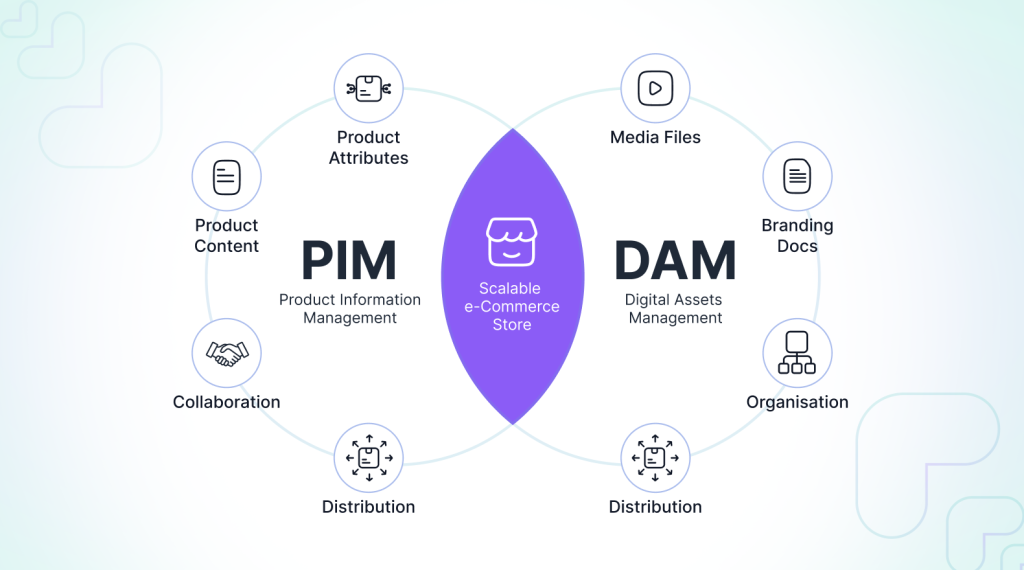
Two important tools for this are Product Information Management (PIM) and Digital Asset Management (DAM).
Even though both are crucial for managing content, they have different functions.
Let’s take a look at what each one does, their main features, and how they are not the same.
PIM software gathers and organizes all product information in one place. It helps businesses use this information in the same way across different platforms.
It makes sure that the details about the product are correct and the same everywhere.
Also, it helps different teams in a company, like marketing, sales, and customer service, to find this information easily.
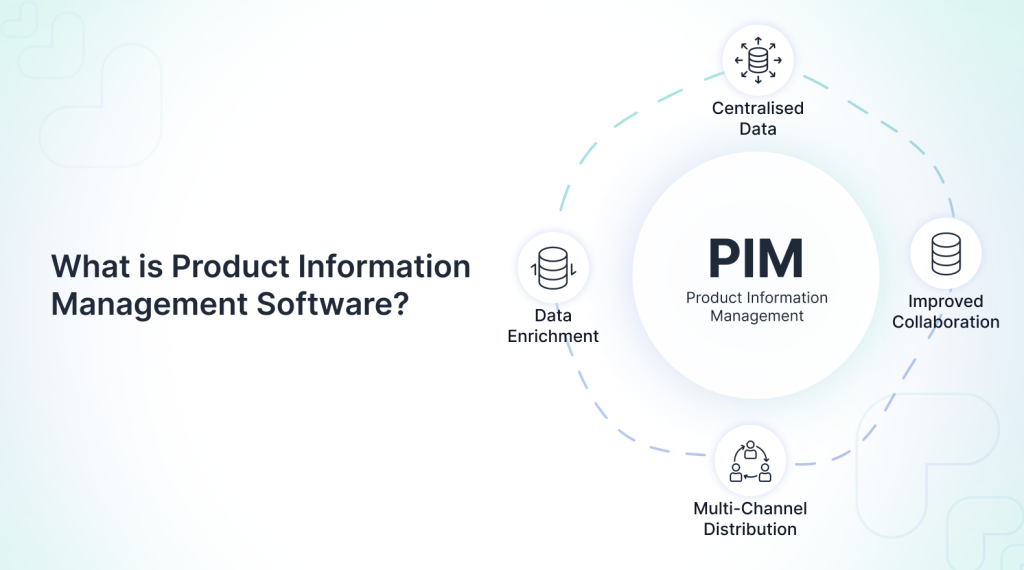
Centralized Data:
PIM is a central place for all product information, like specifications, prices, sizes, and other important details.
Data Enrichment:
PIM software helps in improving product information with descriptions, features, and media.
Multi-Channel Distribution:
PIM allows companies to share consistent product information across sales platforms. This makes sure everything is consistent.
Improved Collaboration:
A centralized PIM system helps different departments in a company collaborate more easily. It keeps all product information organized in one place.
Digital Asset Management (DAM) focuses on organizing, storing, and distributing digital assets. These assets include images, videos, audio files, graphics, and documents.
This system makes creative content searchable, accessible, and ready for use across channels.
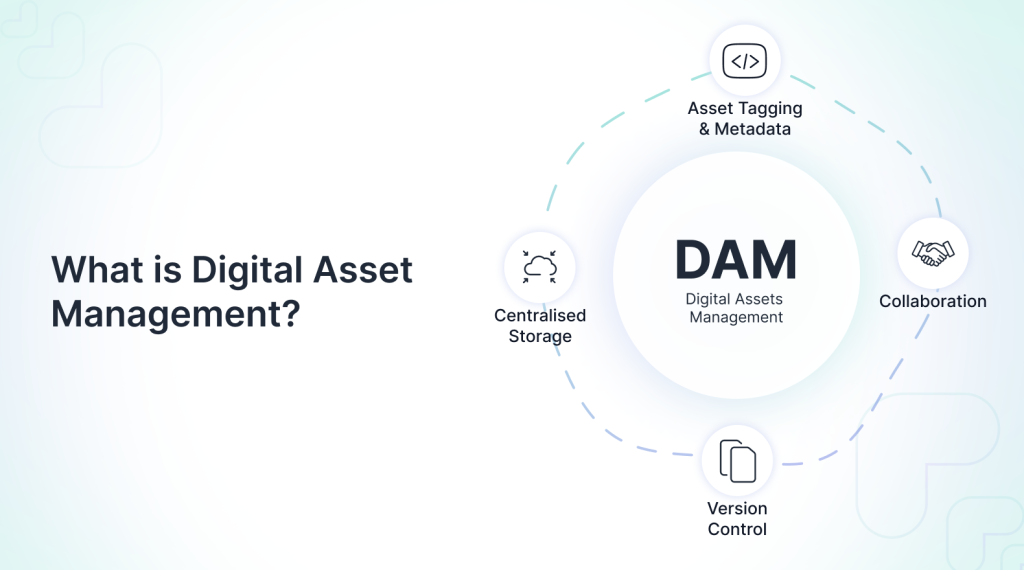
Centralized Storage:
A DAM is like a digital storage space for all kinds of media files. It keeps them safe and makes it simple to find and use them whenever you need them.
Asset Tagging & Metadata:
Digital asset management software lets you label your assets with keywords, descriptions, and other important information.
This makes it super simple to find and get the content you need.
Version Control:
DAM software helps monitor different versions of media as they evolve over time. This way, teams can always access the latest version available.
Collaboration:
Teams that are working on marketing campaigns or launching new products can work together really well by using DAM software.
While both PIM and DAM software play crucial roles in managing business data, they serve distinct functions. Here’s a breakdown of their key differences:
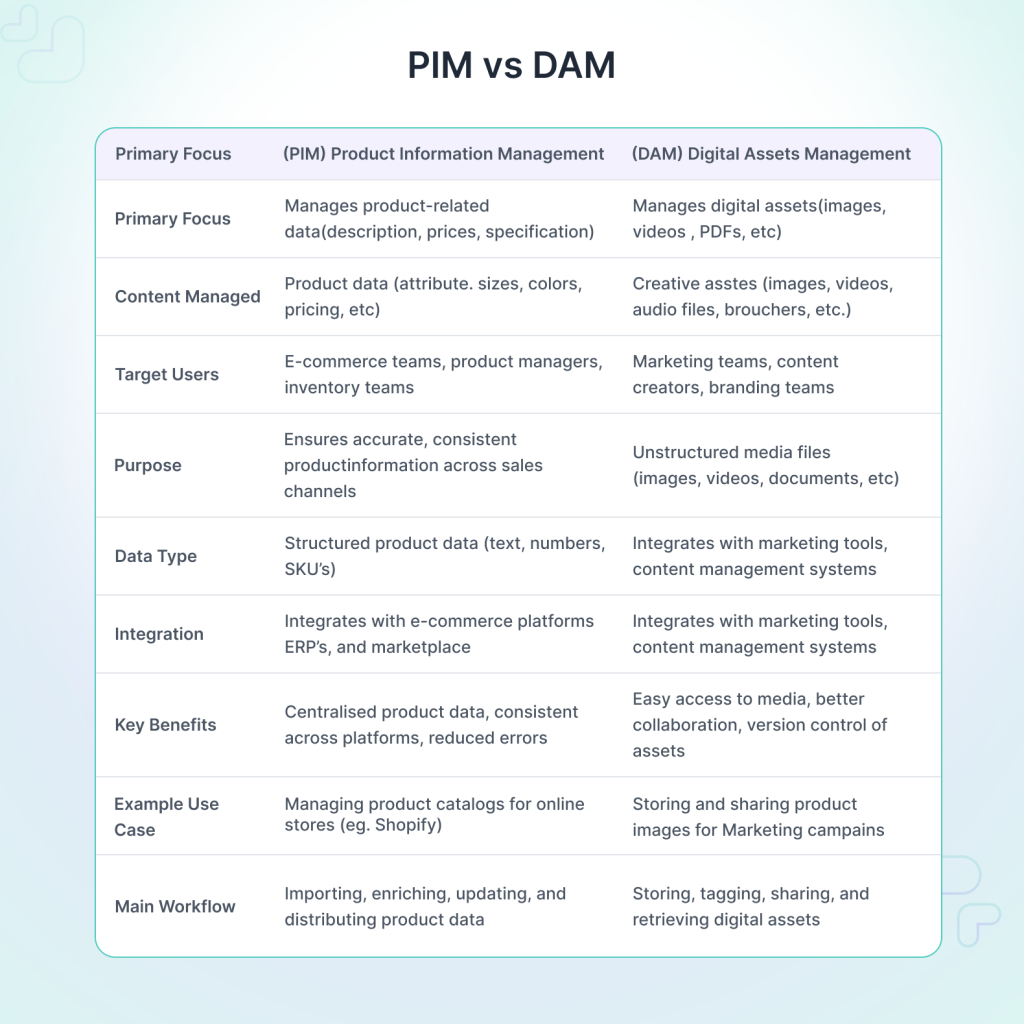
Scope and Purpose
PIM is all about handling information related to products, like their descriptions, details, and prices.
It helps companies show the same correct product info on different websites and platforms.
Digital asset management software is focused on handling digital media files. It keeps track of creative materials such as pictures, videos, and documents.
This makes sure that teams can easily find and use them for marketing and campaigns.
Data Types
PIM deals with organized data that includes specific details such as product names, prices, and features.
This type of information is simple to sort and keep in databases.
Digital Asset Management (DAM) is all about handling unstructured content like videos and images.
This type of content needs special ways to be managed, like adding tags to describe them and keeping track of different versions.
User Interaction
PIM software is mostly used by product managers, eCommerce groups, and other teams. It makes sure that the product details are accurate and up to date.
Digital asset management software is usually used by marketing teams, creative groups, and others. It supports those who create, edit, or share digital media content.
Use Cases
Digital asset management is a tool that helps creative teams organize and share their digital files, such as pictures and videos.
It’s especially helpful for keeping track of the final versions of media that are used in marketing campaigns and on social media.
Product information management software, however, is all about sharing the same product information everywhere.
It makes sure that details like product descriptions, prices, and specifications are correct. It also ensures they look the same on all platforms.
PIM and DAM are really important for how businesses work, especially when it comes to keeping content organized and sharing it.
Here are a few ways they are commonly used:
PIM Software Use Cases:
DAM Software Use Cases:
Keeping track of marketing materials such as pictures, videos, and product images.
Making sure all branding materials are managed well, so logos, colors, and other media are used consistently.
Organizing creative resources that different teams can use for campaigns or social media posts.
PIM and DAM can help businesses do better by making it easier to manage their content. Here’s how they work:
PIM (Product Information Management) helps businesses work better and more accurately by creating a single place for all information about their products.
With PIM, companies can easily change product details. It helps keep everything the same across different platforms. This makes shopping better for customers.
This means they can launch products faster, boost sales, and make fewer mistakes in their product listings.
Digital asset management software helps boost creativity and marketing success.
It organizes digital files so that marketing and creative teams can easily find and use the right content.
This makes sure that campaigns run smoothly and consistently.
As a result, it leads to clearer brand messages, more impactful ads, and improved teamwork among different groups.
PIM and DAM work together to make the sharing of data and assets easier.
This helps people make better choices, work together more effectively, and keep customers happier.
Knowing when to use PIM and DAM software is important for making content management better.
PIM is really important if you want to handle all the information about your products and make sure it stays the same everywhere you share it.
For example, if you run an online store, PIM helps make sure that the details about your products are correct.
This includes descriptions, prices, and features on your website, in your catalogs, and on other selling sites.
DAM software is super important if you want to keep track of your media files.
If your business creates a lot of multimedia stuff, like product pictures, videos, or ads, using DAM can help you sort and share that content easily.
When deciding between PIM and DAM, or whether you need both, consider the following factors:
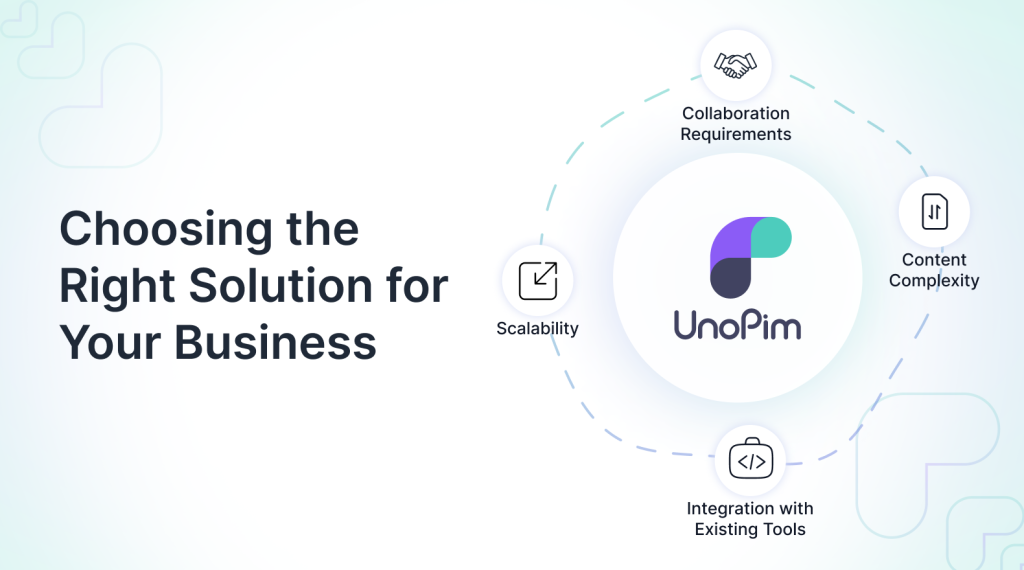
Company Size:
Larger companies that have a lot of different products and marketing strategies will find both PIM and DAM useful.
On the other hand, smaller businesses might only need one of these systems.
Industry:
Retailers, eCommerce businesses, and manufacturers benefit from PIM for managing product information.
Creative agencies and marketing teams may prioritize DAM for managing digital assets.
Specific Needs:
Check if you are concentrating on product information management (PIM) or digital asset management (DAM).
Some companies might require both systems to collaborate for a complete content management plan.
Content Complexity:
If your products involve complex specifications and need consistent updates across multiple platforms, PIM is essential.
On the other hand, if your business deals with rich media content such as videos and images, DAM will be more critical.
Collaboration Requirements:
Businesses that have teams in various areas, such as product managers, marketers, and designers, can really gain from using both PIM and DAM.
This can help them work together better and make their processes smoother.
Scalability:
As businesses grow, they may need more advanced systems. Both PIM and DAM can scale with your business needs.
However, it’s important to ensure that the systems can adapt to increasing volumes of data or media assets.
Integration with Existing Tools:
Think about how PIM and DAM will work with the platforms you already use, like your ERP system, content management system, or eCommerce platform.
Picking solutions that connect easily. Such as PIM for Shopify, it will help you integrate seamlessly and get used to them more quickly.
Customer Experience Focus:
If your business really wants to provide an amazing experience for customers, using both PIM and DAM is super important.
PIM software makes sure that all the product details are accurate for customers. DAM helps to produce attractive images and marketing materials.
PIM and DAM are both really important for managing content, but they have different roles.
Product information management software is all about keeping product information consistent across different platforms. DAM is used to sort and improve digital materials for marketing.
Knowing how they differ can help businesses plan better, making things easier for both their teams and customers.
Whether you’re dealing with product details or creative materials. PIM and DAM are essential for good content management in our digital age.
Hope this helps! If you encounter any issues, feel free to submit a ticket at our Support Portal.

If you have more details or questions, you can reply to the received confirmation email.
Back to Home
Be the first to comment.